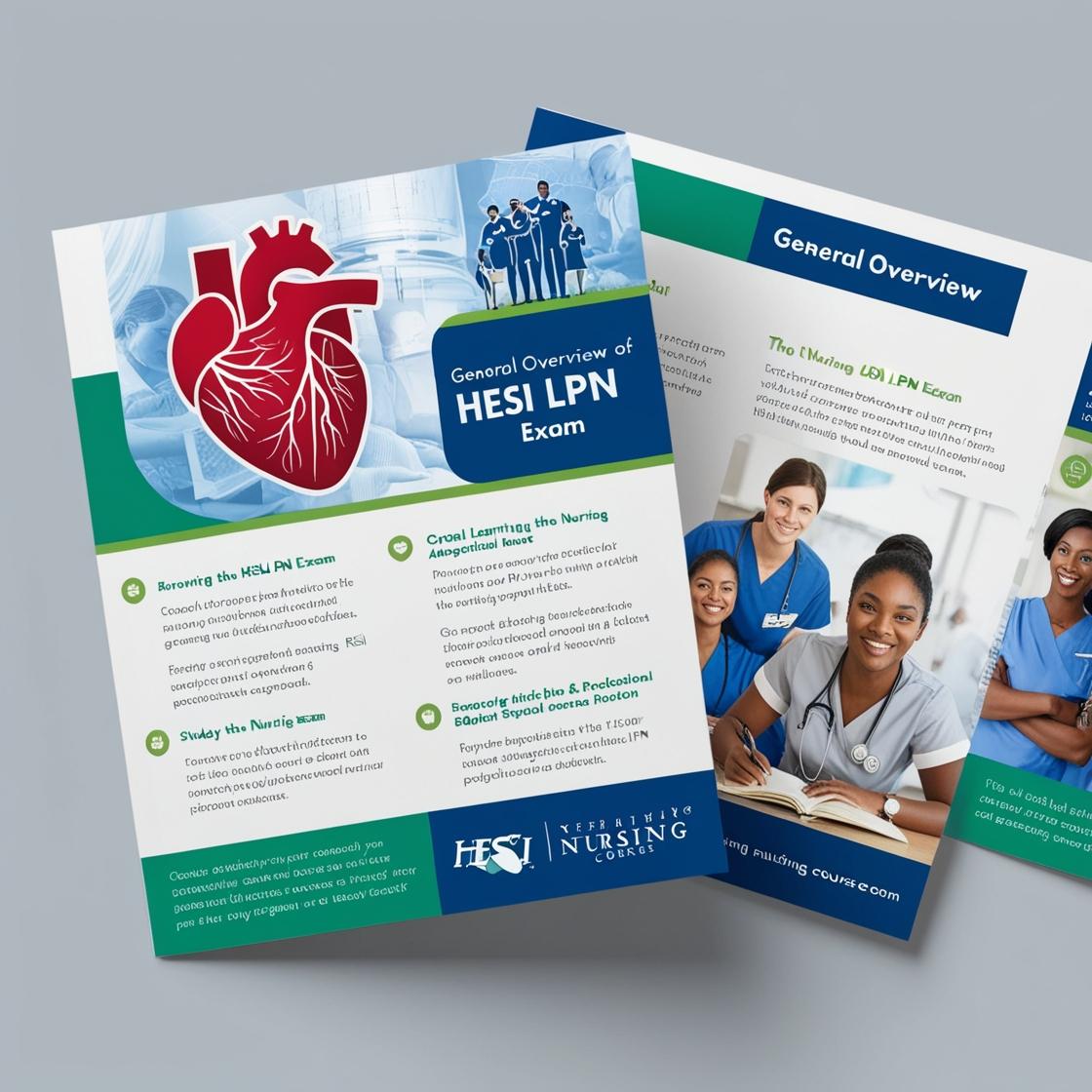HESI LPN
Medical Surgical Assignment Exam HESI
1. A client admitted to a surgical unit is being evaluated for an intestinal obstruction. The HCP prescribes an NG tube to be inserted and placed on intermittent low wall suction. Which intervention should the nurse implement to facilitate proper tube placement?
- A. Soak the NG tube in warm water
- B. Insert the tube with the client's head tilted back
- C. Apply suction while inserting the tube
- D. Elevate the head of the bed 60 to 90 degrees
Correct answer: D
Rationale: Elevating the head of the bed 60 to 90 degrees is the correct intervention to facilitate proper placement of the NG tube. This position helps to use gravity to guide the tube smoothly into the gastrointestinal tract. Soaking the NG tube in warm water (Choice A) is not necessary for proper placement. Inserting the tube with the client's head tilted back (Choice B) can cause discomfort and may lead to improper placement. Applying suction while inserting the tube (Choice C) is not recommended as it can cause trauma to the nasal passages and esophagus.
2. The nurse is assessing a client who has herpes zoster. Which question will allow the nurse to gather further information about this condition?
- A. Has everyone at home already had varicella?
- B. Have the antifungal creams been effective?
- C. Do your family members share combs and brushes?
- D. Do you have any dry patches on your feet and hands?
Correct answer: A
Rationale: The correct answer is A: 'Has everyone at home already had varicella?' Herpes zoster (shingles) is caused by the reactivation of the varicella-zoster virus, the same virus that causes chickenpox. By knowing if others at home had varicella (chickenpox), the nurse can assess the risk of transmission and provide appropriate guidance. Choice B is incorrect because antifungal creams are not effective for herpes zoster, which is a viral infection. Choice C is irrelevant to herpes zoster as it pertains to sharing personal items that may transmit head lice or certain skin infections. Choice D is also unrelated as it focuses on dry patches, not typical manifestations of herpes zoster which presents as a painful rash.
3. How should the nurse measure urinary output for an infant with dehydration?
- A. Attaching a urine collecting bag
- B. Wringing out the diaper
- C. Weighing the diaper
- D. Inserting a catheter
Correct answer: C
Rationale: The correct way to measure urinary output for an infant with dehydration is by weighing the diaper. Wet diapers are weighed to assess the amount of output accurately. Attaching a urine collecting bag and inserting a catheter are invasive methods not typically used for routine measurement of urinary output in infants. Wringing out the diaper can lead to inaccurate measurements and is not a recommended method for assessing urinary output.
4. The client with chronic venous insufficiency is being taught about self-care measures. Which instruction should be included?
- A. Avoid wearing compression stockings
- B. Elevate legs above heart level when resting
- C. Apply heat packs to improve circulation
- D. Limit walking to prevent leg pain
Correct answer: B
Rationale: The correct instruction for a client with chronic venous insufficiency is to elevate their legs above heart level when resting. This position helps reduce venous pressure and edema, improving circulation. Avoiding compression stockings (choice A) is incorrect as they are beneficial in managing chronic venous insufficiency. Applying heat packs (choice C) is not recommended as heat can worsen edema. Limiting walking (choice D) is not advisable as regular, gentle exercise like walking can actually help improve circulation in patients with chronic venous insufficiency.
5. A client who is experiencing respiratory distress is admitted with respiratory acidosis. Which pathophysiological process supports the client’s respiratory acidosis?
- A. Low oxygen levels are present in the blood.
- B. High levels of carbon dioxide have accumulated in the blood.
- C. Increased bicarbonate levels are causing alkalosis.
- D. Respiratory rate is increased, causing hyperventilation.
Correct answer: B
Rationale: High levels of carbon dioxide in the blood lead to respiratory acidosis due to inadequate ventilation. The correct answer is B. In respiratory acidosis, the accumulation of carbon dioxide in the blood occurs due to inadequate exhalation, leading to acidosis. Choice A is incorrect as low oxygen levels are related to hypoxemia, not respiratory acidosis. Choice C is incorrect as increased bicarbonate levels would lead to alkalosis, not acidosis. Choice D is incorrect as an increased respiratory rate causing hyperventilation would actually help decrease carbon dioxide levels, not lead to respiratory acidosis.
Similar Questions

Access More Features
HESI LPN Basic
$69.99/ 30 days
- 50,000 Questions with answers
- All HESI courses Coverage
- 30 days access @ $69.99
HESI LPN Premium
$149.99/ 90 days
- 50,000 Questions with answers
- All HESI courses Coverage
- 30 days access @ $149.99
